Introduction
A content matrix is an essential tool for content strategists. It can help you map out your content plan and make sure all your content pieces are working together to achieve your desired outcome. In this guide, we’ll walk you through the detailed steps of creating a content matrix and using it to improve your website’s traffic and engagement.
What is a content matrix and why do you need one?

A content matrix is a basic tool that every marketer should have in their arsenal. It doesn’t take much time or effort to put together, but when you do find one of these documents it’ll provide invaluable insight into how best aligning your marketing efforts can boost business success!
There are several reasons why you might want to consider using a content matrix:
#1 It can help you track progress and performance over time
Content Matrix can track the progress and performance of your content marketing strategy over time. This information is essential to course-correct and continues making your strategy more effective.
#2 It helps you focus your resources
By identifying what content pieces are most successful, you can focus your resources on creating more of that type of content. This will help improve the overall effectiveness of your content marketing strategy.
#3 It allows you to compare different content pieces against each other
Comparing different content pieces against each other can help you understand what elements make for successful content. This information can then be used to improve future content pieces.
#4 It can help you optimize your website’s overall engagement
By understanding which content pieces are most successful, you can optimize your website’s overall engagement. This includes making sure that your website’s design and navigation are effective in leading visitors to your most successful content.
However, it’s important to keep in mind that a content matrix is not a silver bullet. It won’t fix all of your marketing problems, but it can be a helpful tool in identifying areas that need improvement.
How to create a content matrix

For creating a content matrix, you need to understand three types of data that you’ll be looking at:
1. Output data: This is the actual content that you’re producing. It can be blog posts, videos, infographics, etc.
2. Input data: This is the information that you’re using to create your content. This might include research, surveys, data, etc.
3. Outcome data: This is the desired result of your content marketing strategy. It might be website traffic, leads, sales, etc.
Once you have a general understanding of these three types of data, you can start to put together your content matrix. The first step is to understand your target audiences.
1. Define your Target Audiences
The content that you create for your website should be tailored to the various buyer personas. Creating a matrix with different customer segments will help keep everyone on track and interested in what they see/read, which means higher conversion rates!
To create an effective buyer persona, consider the following: Depending on your business type, if you are a B2B service targeting B2B buyers, you’ll want to consider factors such as:
- Who are they?
- What are their demographics?
- What are their interests?
- What are their needs/wants/challenges?
- What are their pain points?
- What is their buying process like?
On the other hand, if you are a B2C service targeting B2C buyers, you’ll want to consider factors such as:
- Who are your customers?
- What are their needs and wants?
- What are their pain points?
- What solutions do they seek?
- What kind of content will resonate with them?
- How can you reach them where they already are spending their time online?
All of these factors (and more) should be considered when creating your content matrix. Once you have a good understanding of your target audiences, you can start to map out your content strategy. The next step is to understand what type of content each buyer persona is interested in and how that content can help them achieve their desired outcome.
2. Converting your content to your audiences
Now that you know your target audiences and what kind of content they’re interested in, you can start to map out your content strategy. This includes creating a content calendar and determining which channels you’ll use to distribute your content.
#1 Creating a Content Calendar
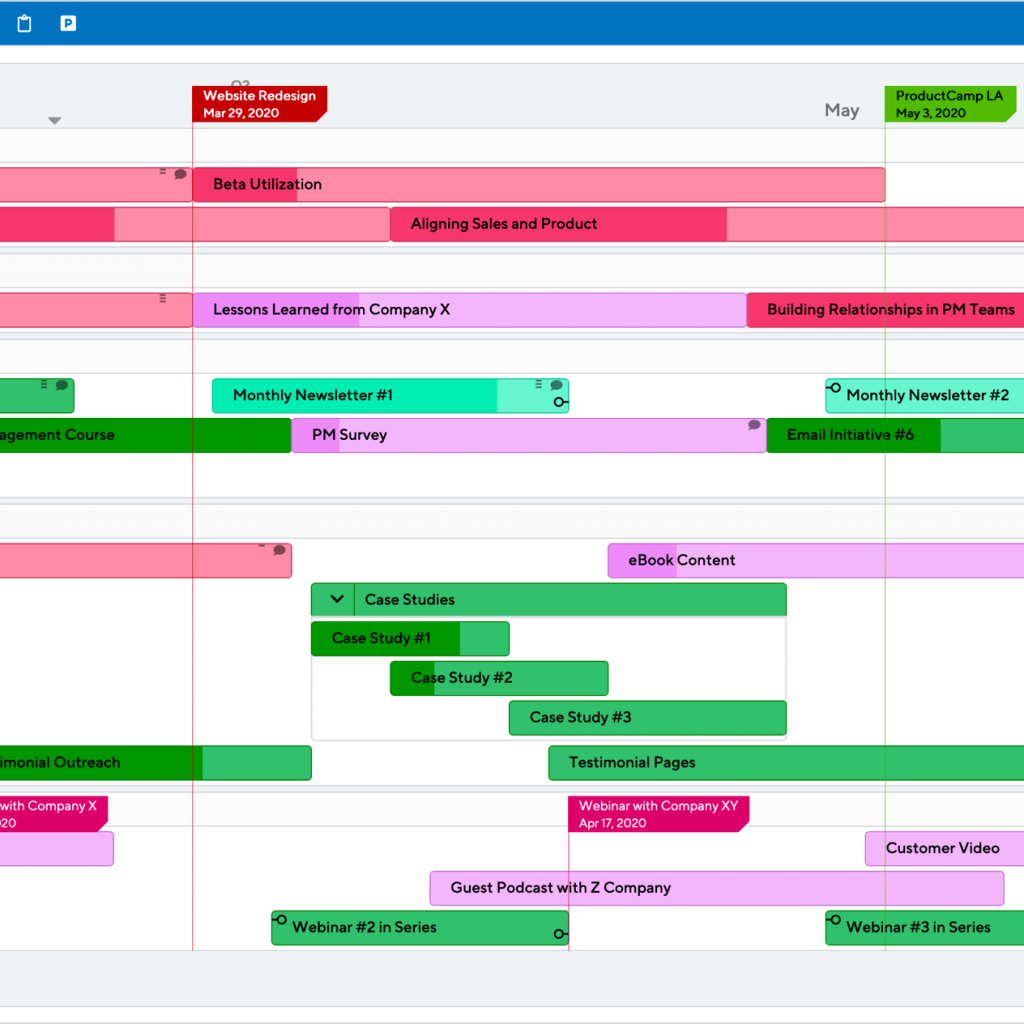

A content calendar is an essential tool for any content marketer. It helps you keep track of all the different pieces of content that you’re creating and when they should be published.
There are a few different ways to create a content calendar. You can use a spreadsheet, a project management tool like Asana, or even a simple Google Calendar.
Once you have your content calendar set up, you can start adding content to it. Be sure to include the following information for each piece of content:
- The title of the piece
- The author
- A brief description
- The date will be published
- The channel will be published on (e.g. blog, social media, email, etc.)
You can also include additional information such as the keywords you’re targeting, the call to action, and any other notes.
#2 Determining which channels to use
The next step is to determine which channels you’ll use to distribute your content or convert your content. The goal of every piece of content you create should be to move your buyers down the path toward a sale. There are many different ways that this could happen, but there is no one-size-fits-all when it comes to conversion goals!
Some of the most common channels include:
Your website: This is the best place to start because it’s where you have the most control. You can use your website to host blog posts, landing pages, and other types of content. Be sure to include calls to action and lead capture forms so that you can turn website visitors into leads.
Social media: Social media is a great way to reach your target audience where they already are spending their time. You can use social media to share blog posts, infographics, images, and other types of content. Just be sure to post regularly and interact with your followers so that you can build relationships.
Email: Email is a great way to nurture leads and keep them engaged with your brand. You can use email to send out monthly newsletters, special offers, and other types of content. Just be sure to segment your list so that you’re sending relevant content to each subscriber.
Paid advertising: Paid advertising can be a great way to reach new people who are interested in your product or service. You can use paid ads on Google, Facebook, LinkedIn, and other platforms. Just be sure to target your ads carefully so that you’re not wasting money on clicks from people who are not interested in your business.
Any method you choose to use to get your content in front of people, make sure it is part of a larger strategy that includes other channels and tactics. You want to make sure you are using a variety of methods to reach your target audience so that you can maximize your chances of success.
3. Deliver your content to your target audiences
Now that you’ve created your content matrix, it’s time to start delivering your content to your target audiences. Remember, the goal is to move your buyers down the path toward a sale, so be sure to include calls to action and lead capture forms in your content.
There are lots of different tactics you can use to maximize getting your content in front of people, but here are a few of the most common:
SEO: SEO is the process of optimizing your content so that it ranks higher in search engine results pages (SERPs). This can help you get more website visitors from people who are already interested in your product or service.
Content distribution networks: Content distribution networks (CDNs) are websites that syndicate your content to other websites. This can help you get your content in front of a larger audience and build links back to your website.
Incentives: You can use incentives like discounts, free shipping, or coupons to encourage people to read your content. Just be sure that the incentive is relevant to your business and that you’re not giving away too much.
Networking: You can use your personal and professional networks to help get your content in front of more people. Ask your friends and colleagues to share your content with their networks, and be sure to do the same for them.
There are lots of different ways to get your content in front of people, and we have only mentioned a few. If you are interested in knowing more, check out our other blogs in the content marketing section.
4. Evaluate and adjust your content matrix
After you’ve been delivering your content for a while, it’s important to go back and evaluate your progress. Are you seeing the results you want? If not, it might be time to make some adjustments to your content matrix.
Here are a few things to look at when you’re evaluating your content matrix:
Results: What results are you seeing from your content? Are you getting more website traffic? More leads? More sales? If not, it might be time to make some changes.
Analytics: Look at your analytics data to see how people are interacting with your content. Are they spending a lot of time on each piece of content? Are they sharing it with their networks? Are they clicking through to your website? The data will give you insights into what’s working and what’s not.
Feedback: Ask your target audience for feedback on your content. What do they like? What do they not like? What would they like to see more of? This feedback can be incredibly valuable in helping you adjust your content matrix.
Once you’ve taken a look at the results, analytics, and feedback, you can start to make changes to your content matrix. Maybe you need to create more targeted content for a specific audience. Maybe you need to change the format of your content or the distribution channels you’re using. Whatever the case may be, make sure you’re constantly evaluating and adjusting your content matrix to ensure that it’s working for you.
How to use a content matrix
How to create one is pretty straightforward, but how do you use a content matrix? There are several different ways you can use a content matrix. Here are a few examples:
1. Use it to map out your content strategy
Your content matrix can be a valuable tool in mapping out your content strategy. It can help you determine what kind of content you need to create, who your target audience is, and how you want to distribute your content.
2. Use it to improve your content
Your content matrix can also be used to improve your existing content. By evaluating your analytics data and feedback, you can determine what’s working and what’s not. You can then make changes to your content accordingly.
3. Use it to track your progress
You can use your content matrix to track your progress and ensure that you’re on track to achieve your desired outcome. By regularly evaluating your results, you can make sure that your content is having the desired effect.
4. Use it to make changes
If you’re not seeing the results you want, your content matrix can be a valuable tool for making changes. By evaluating your data and feedback, you can determine what needs to be changed. Then, you can make the necessary adjustments to your content strategy.
5. Use it to plan for the future
Your content matrix can also be used to plan for the future. By mapping out your content strategy, you can determine what content you need to create down the road. This can help you stay ahead of the curve and ensure that you’re always creating timely, relevant content.
No matter how you use it, a content matrix is a valuable tool for any content strategist. If you’re not using one, now is the time to start. It can help you map out your content strategy, improve your content, and track your progress. So what are you waiting for? Get started today! perhaps, with some motivation!
Examples of Content Matrix
Now that we’ve gone over what a content matrix is and how to create one, let’s take a look at a few examples.
1. The Content Marketing Institute
The Content Marketing Institute (CMI) is a website that provides resources and information for content marketers. They have created a content matrix that includes the following information:
Content-type: Articles
Topics: Content marketing, strategy, tips, tricks, tactics
Format: Blog posts, ebooks, webinars, podcasts
Distribution channels: Website, email newsletter, social media
As you can see, the CMI has a very detailed content matrix that includes everything from content types and topics to distribution channels. This helps them ensure that they are creating the right content for their audience and that they are using the best distribution channels to reach their target market.
2. Moz
Moz is a website that provides resources and information for people in the SEO industry. They have created a content matrix that includes the following information:
Content-type: Articles, blog posts, infographics, etc.
Primary keyword: The focus keyword or phrase you want the article to rank for
Secondary keywords: Additional keywords or phrases you want the article to rank for
Topic: What the article is about
Format: How the content will be delivered (i.e. blog post, infographic, video)
URL: The article’s URL
Status: The stage of the article (i.e. draft, published, etc.)
Though these examples only scratch the surface, they should give you a good idea of what a content matrix is and how you can use one to improve your content strategy.
Conclusion
Creating a content matrix is an essential step in any content marketing strategy. It can help you map out your content plan, make sure all your content pieces are working together, and track your progress over time. By following the steps in this guide, you can create a content matrix that will help you achieve your desired outcome.
And if you need help getting started, 12 Channels is always here to help. We offer a wide range of content marketing services that can help you plan, create, and optimize your content. Contact us today to learn more about how we can help you achieve your desired outcome.
With 12channels, you’ll have access to more opportunities than other agencies who only use 1 type of marketing. Besides Multi-channel & Cross-channel Marketing, DMas is our silver bullet for small businesses. It is a concept never adapted before in the online market. DMas, shorter to digital marketing as a service, is an omnichannel experience, in a super-integrated way.
Still, Unsure of how to take your business to the next level? Read more to know about how we can help you grow your business!


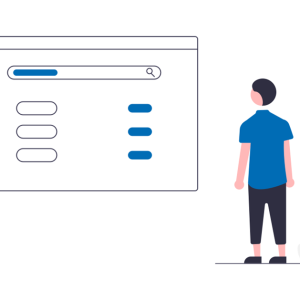
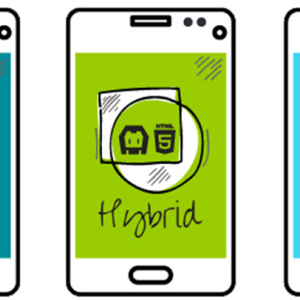
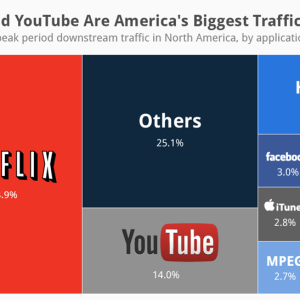



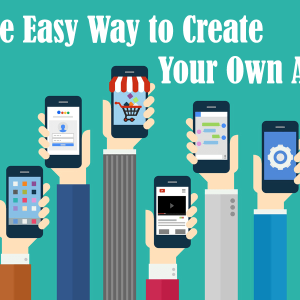
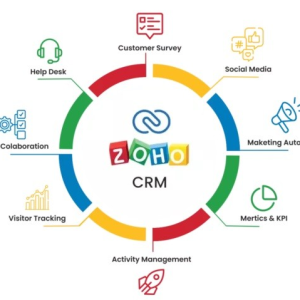


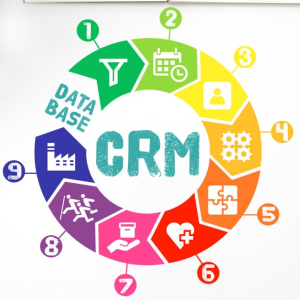

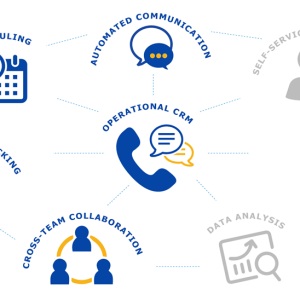


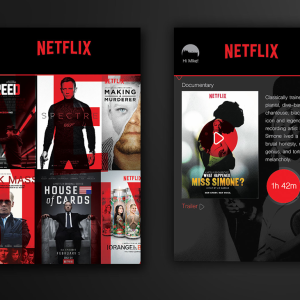








1 thought on “A Comprehensive Guide To Content Matrix”
I’m often to blogging and i really appreciate your content. The article has actually peaks my interest. I’m going to bookmark your web site and maintain checking for brand spanking new information.